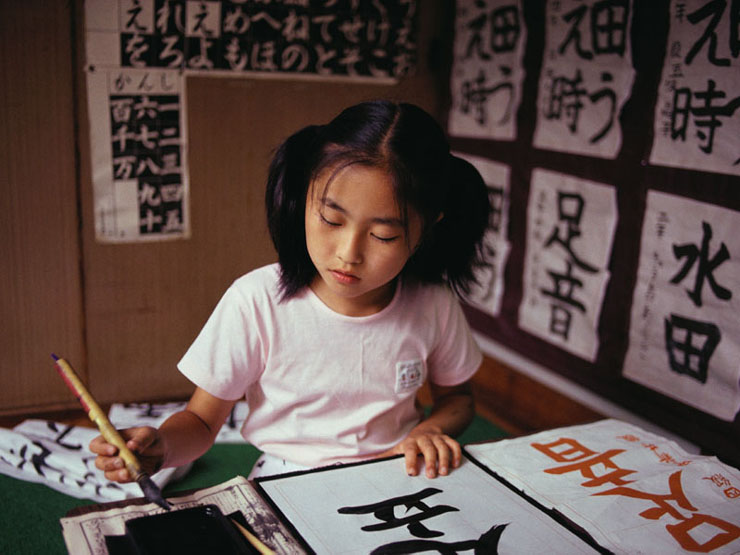Language
The Japanese language has a significant role in Japanese culture. It is spoken mainly in Japan but also in some Japanese emigrant communities around the world. There are 3 entirely different kinds of writings: ‘’hiragana’’, derived from the Chinese cursive script, ‘’katakana’’, derived as shorthand from Chinese characters, and ‘’kanji’’, imported from China.
The complexity of Japan’s writing system is rooted in history. Before Chinese characters were imported to Japan around the 1st century, the Japanese has no written language. The, at first, they wrote in Chinese while continuing to speak only Japanese. Because of obvious difficulties, they eventually tried to use Chinese characters phonetically, ignoring their meaning, to write Japanese.
Literature
Japanese literature spans a period of almost two millennia. Early works were heavily influenced by cultural contact with China and Chinese literature, often written in Classical Chinese. Indian literature also had an influence through the diffusion of Buddhism in Japan. Eventually, Japanese literature developed into a separate style in its own right as Japanese writers began writing their own works about Japan, although the influence of Chinese literature and Classical Chinese remained until the end of the Edo period. Since Japan reopened its ports to Western trading and diplomacy in the 19th century, Western and Eastern literature have strongly affected each other and continue to do so.
Education
In Japan, an education is compulsory at the elementary and lower secondary levels. Virtually all students progress to the upper secondary level, which is voluntary. Most students attend public schools through the lower secondary level, but private education is popular at the upper secondary and university levels. Japan's education system played a central part in Japan's recovery and rapid economic growth in the decades following the end of World War II.
After World War II, the Fundamental Law of Education and the School Education Law were enacted in 1947 under the direction of the occupation forces. The latter law defined the school system that is still in effect today: six years of elementary school, three years of junior high school, three years of high school, two or four years of university.
Education prior to elementary school is provided at kindergartens and day-care centres. Public and private day-care centres take children from under age one on up to five years old. The programmes for those children ages 3–5 resembles those at kindergartens. The educational approach at kindergartens varies greatly from unstructured environments that emphasize play to highly structured environments that are focused on having the child pass the entrance exam at a private elementary school.
Sources :
http://en.wikipedia.org/wiki/Education_in_Japan
http://www.asianinfo.org/asianinfo/japan/pictures2/S0171.jpg
https://blogger.googleusercontent.com/img/b/R29vZ2xl/AVvXsEivYwcgEiC1Y98axGU-qro5fgu7pBv6Ehntvy2jywcsBLfHe33DLT0AgegbCcokWhheO56gkg4Elk-tCWeeIhA8F93vDz6EHkFdEyDk9A3mYuPqeE6-cR3EvchtG8iUqLkrmr9tML-qZFs/s1600-r/Picture2.png
http://sitemaker.umich.edu/reddym.356/files/class.jpg



No comments:
Post a Comment